
ורד הצלע (אנטריקוט)
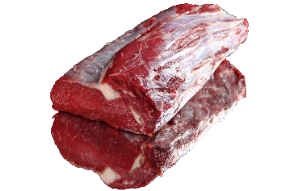
צלעות
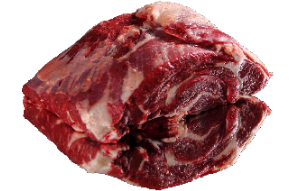
חזה
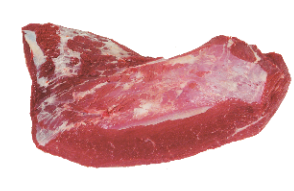
כתף מרכזי
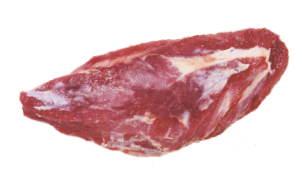
צלי כתף
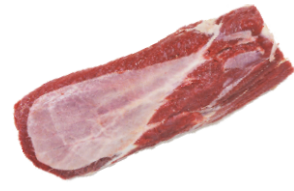
פילה מדומה
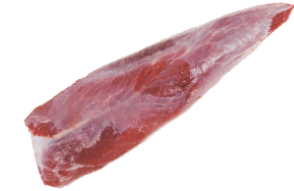
מכסה אנטריקוט / מכסה הצלע
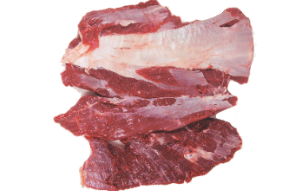
שריר אחורי
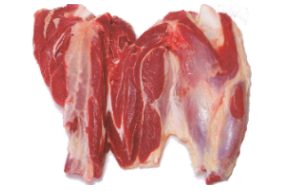
קשתית
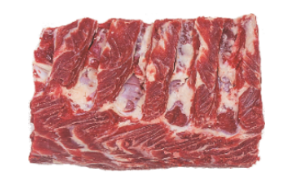
צוואר
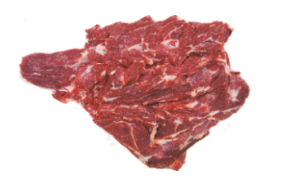
סינטה/מותן
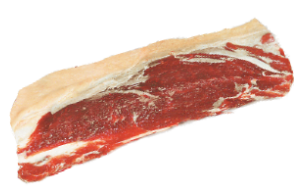
פילה
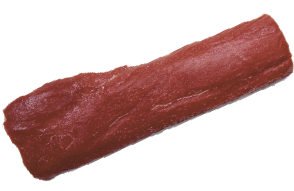


Cut no. 1: Ribeye / Entrecote
Medium thickness and characterised by thin lines of fat called “marbling” which lend the meat the look of marble. Due to the strips of fat running through the cut and its originating from the front section, this is a very popular cut of meat for steaks in Israel. Cooking suggestions: can be used as a whole or sliced into steaks, fried, grilled, roasted and for roast beef.

Cut no. 2: Rib Roast
Relatively low in fat and made up of two different types of meat and thus two different flavours – one is similar to the ribeye (entrecote) and the other to breast meat. Cooking suggestions: suitable for mincing, stewing, roasting, slow cooking, for goulash and minced for meatballs.

Cut no. 3: Brisket
Fibrous and high in fat. Only slow cooking will bring out its full flavour and ‘soften’ the fat. Cooking suggestions: stewing, pickling and smoking. Excellent for soups, cholent and goulash.

Cut no. 4: Chuck / Eye Roast
A large and muscular cut. It is low in fat and uniform in texture and is suited to anyone who desires slightly healthier cooking. Cooking suggestions: mostly suited for slow cooking, diced or minced. Also used for making sausages.

Cut no. 5: Blade
Uniform in texture and low in fat. One of the only cuts suited to both slow cooking and quick roasting. Cooking suggestion: mostly suited to low-heat and slow cooking, stewing and mincing. We recommend cooking this cut as a whole and then slicing.

Cut no. 6: Mock Tender Roast
Uniform in texture and low in fat. The only similarity between this cut and the fillet is the shape. It is covered almost entirely by a thin layer of sinew which ensures it remains juicy and tender during cooking. Cooking suggestion: stewing and braising.

Cut no. 7: Fillet of Ribs
A cut from below the ribs with a flavour similar to the ribeye. Used for mincing. Cooking suggestions: mincing for meatballs, patties or burgers.

Cut no. 8: Shin
Fibrous and low in fat suited for stewing and slow cooking (not for very lengthy cooking as it will fall apart) Cooking suggestions: recommended to be cooked whole or diced for osso buco. Suitable for soups, cholent or goulash.

Cut no. 9: Flank
A cut popularly known as Asado made up of layers of meat and fat with a unique flavour. Cooking suggestions: stewing, braising, mincing, roasting and slow and low cooking.

Cut no. 10: Neck Fillet
This cut is coated in a layer of fat and marbled with fat which gives it flavour during cooking. Cooking suggestions: mincing (used often for quality burgers) and dicing.

Cut no. 11: Sirloin
Characterised by a medium sized layer of fat on the top, but the meat itself is low in fat. Cooking suggestions: roasting or frying, for steaks and roast beef.

Cut no. 12: Fillet
One of the best quality cuts of beef, containing no fat at all. Cooking suggestions: quick frying, steaks, roast beef, or for steak tartar.

